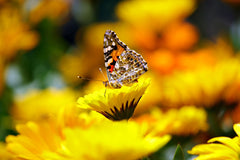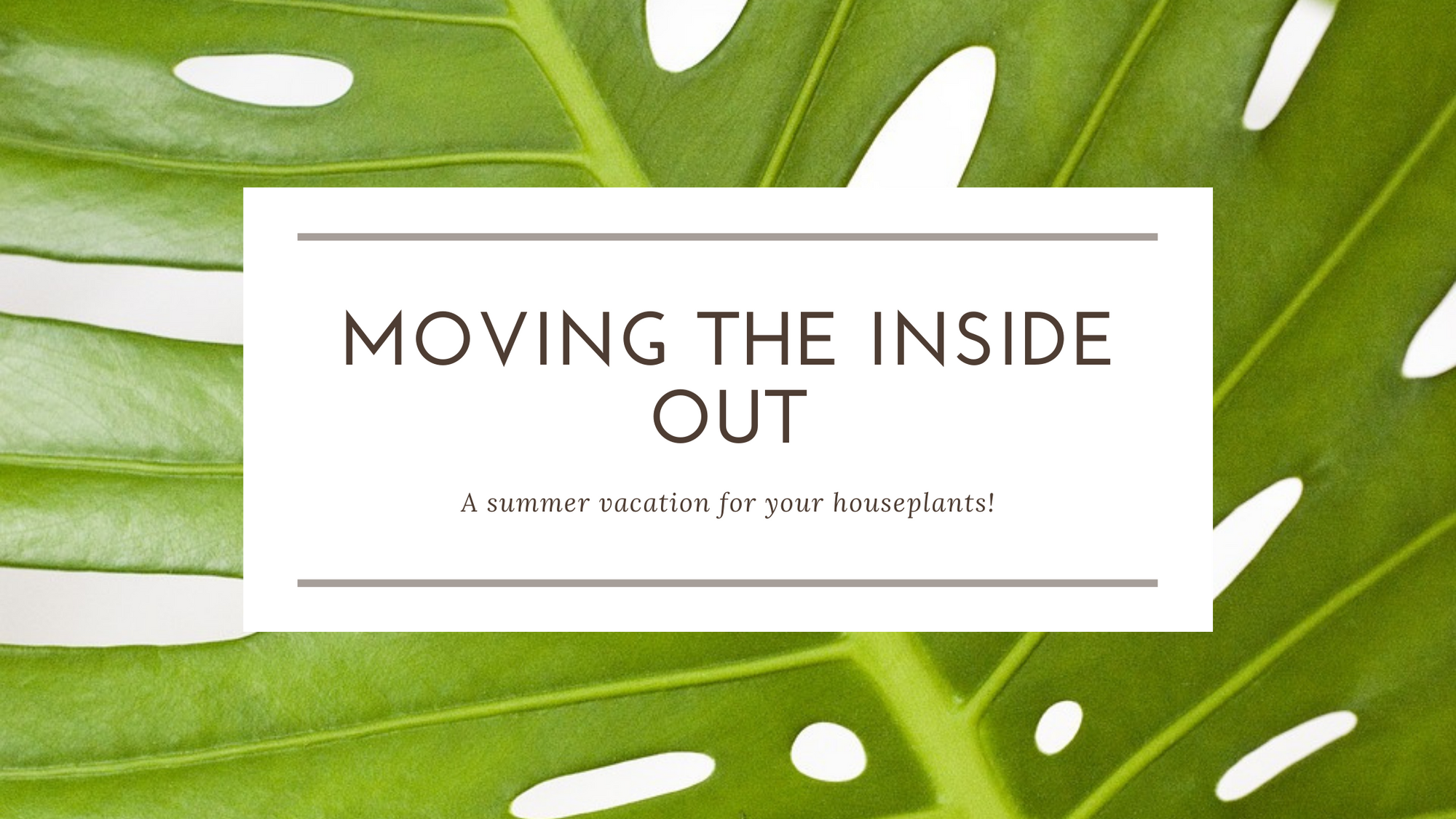Garden Trends for 2020
We start every year with the anticipation and expectation of what’s coming for the upcoming garden season. We go to expos, attend lectures, read magazines all trying to predict and prepare for the upcoming big thing. This year seems to be all about sustainability. Returning gardens to more climatic appropriate spaces, adapted to their region, providing nectar for insects, food for wildlife, and eating more of what we plant. Here’s what we’re seeing as being featured this year.
Native plants
Plants are considered native to your area if they naturally occur there. Planting natives not only ensures that the plants are adapted to your area and can deal with the weather, soils, moisture requirements and overall Colorado challenges, but also provides valuable nectar sources for our native insects. These insects are important pollinators and keep our plants setting seed and repopulating areas. Because they are suited for our area, native plants tend to be lower maintenance and require less fussing over.
Plants for pollinators
 Plants that help our pollinator friends have been popular for the past few years and will continue to dominate the gardening world. As well they should. Two thirds of the food we eat is available because of pollinators. That’s not just visiting the flowers of our backyard tomato plants, but it’s pollinating the flowers of coffee, chocolate, oranges and lemons, avocados, berries and almost everything else we like to eat. Pollinators have had a rough time over the years with habitat destruction, and overuse of pesticides and herbicides. Planting gardens that help provide pollen and nectar sources is incredibly easy and can be very low maintenance. Not to mention beautiful. Ask us for some of their favorites and we’ll help you select the ones best for your yard.
Plants that help our pollinator friends have been popular for the past few years and will continue to dominate the gardening world. As well they should. Two thirds of the food we eat is available because of pollinators. That’s not just visiting the flowers of our backyard tomato plants, but it’s pollinating the flowers of coffee, chocolate, oranges and lemons, avocados, berries and almost everything else we like to eat. Pollinators have had a rough time over the years with habitat destruction, and overuse of pesticides and herbicides. Planting gardens that help provide pollen and nectar sources is incredibly easy and can be very low maintenance. Not to mention beautiful. Ask us for some of their favorites and we’ll help you select the ones best for your yard.
Plants for Butterflies

Like the pollinators, butterfly populations have been hit hard from loss of habitat and pesticide/herbicide use. Along the front range, more than 400 types of butterflies can be found. So if you enjoy having butterflies in your yard, it’s easy to plant a few of their favorites to help them out. You can even create a habitat garden that helps them in all stages of their life cycle. Just be sure you hit the major points: provide a variety of flowers for nectar, add plants for them to eat and lay their eggs on, incorporate grasses, shrubs, and trees that protect them from the wind (we’d like that too!), and don’t use any pesticides or herbicides. Sound complicated? It’s really not. We’re here to help: we’ll help you figure out the plants and seeds you’ll need.
Edible Plants

Vegetable gardening has been popular the past several years and it’s expanding to include edible plants in the landscape. In an effort to be more sustainable, people are looking for their plants to serve double duty:provide landscaping and food at the same time. This includes incorporating fruit trees, shrubs with berries and containers filled with edible flowers, lettuces and all the garden favorites.
Houseplants

Indoor plants continue to be a garden essential these days. Having houseplants not only cures the blues,but purifies the air and adds color and life to our inside spaces. And let’s face it, in Colorado we spend a lot of our time indoors in the winter months and not having anything green around is depressing.
Drought tolerant plants
Colorado Springs has recently announced the return of water restrictions and this has many people worried. But fear not, your gardens can adapt and thrive. It’s about watering efficiently, creating strong root systems and selecting plants that will do in our area. We will have a great selection of perennials, shrubs and grasses that will not only survive but thrive in these conditions







